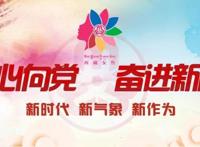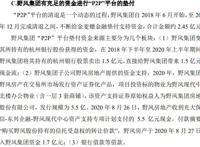子谦译文|创业教什么:六种主流创业方法的比较(55)
2023-06-03 来源:旧番剧
在创业的后期阶段,需要更多的组织结构,设计思维和精益创业方法就比较符合这个阶段。在这里,通过检验假设的过程,使重定向能力、持续性学习和知识扩展更加的结构化和组织化。企业的目标和愿景由一个被称为“创始人”或“团队成员”的小团队链接起来,比起效果逻辑,它的交互更加正式和务实,从而通过这个过程将他们的“客户”和“用户”区分开来,这个阶段,重定向能力仍然很重要,但它只是在特定的时间点被开发利用,因此也被称为“枢轴”或“迭代”,它反映了更高程度的复杂性和依赖于明确的角色和分工。由于在后期创业过程中投入了更多的时间和资源,因此创业者或创始团队等重要角色在这些方法中的作用将会更为突出,一旦出现差错,后果将是难以承受的。In mature ventures, redirection is not an affordable or desirable option except in very specific situations. An example of an entrepreneurial method appropriate here is business planning. This method exhibits little to no emphasis on redirection, continuous learning, or continuous knowledge expansion (see Table 2). Instead, it translates what is already known into plans before starting the journey and at predefined times throughout the journey. Business planning is focused on the execution of a goal defined at the outset, and all the activities are designed to further progress toward that goal (Shane and Delmar 2003; Karlsson and Honig 2009). An emphasis on necessity to plan carefully and avoid redirection whenever possible could be due to an implicit assumption that losses in mature ventures can be costly, as exemplified by later stage venture financing. Venture capitalists often request to review business plans before investing large amounts of money into a venture (Brinckmann et al. 2010).
猜你喜欢
动漫推荐
免责声明:动漫番剧数据来源网络!本站不收费,无vip,请勿上当!
www.jiufanju.com-旧番剧





















